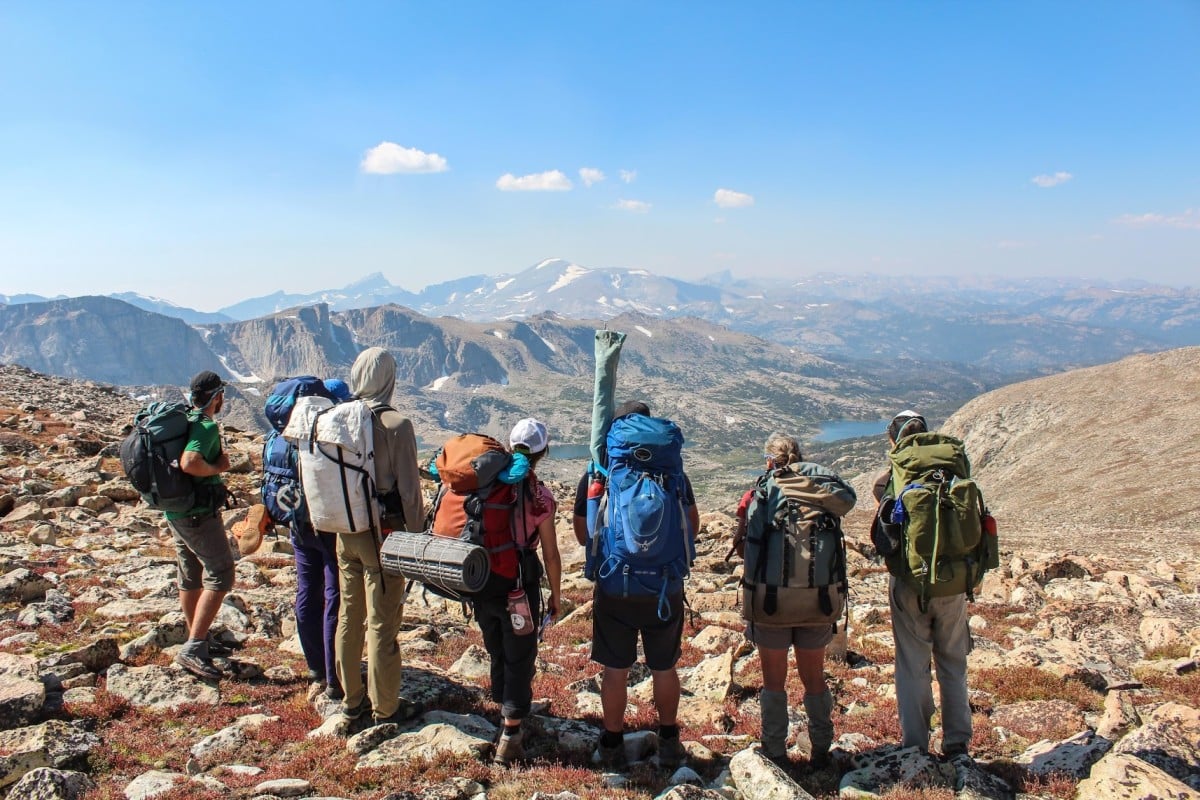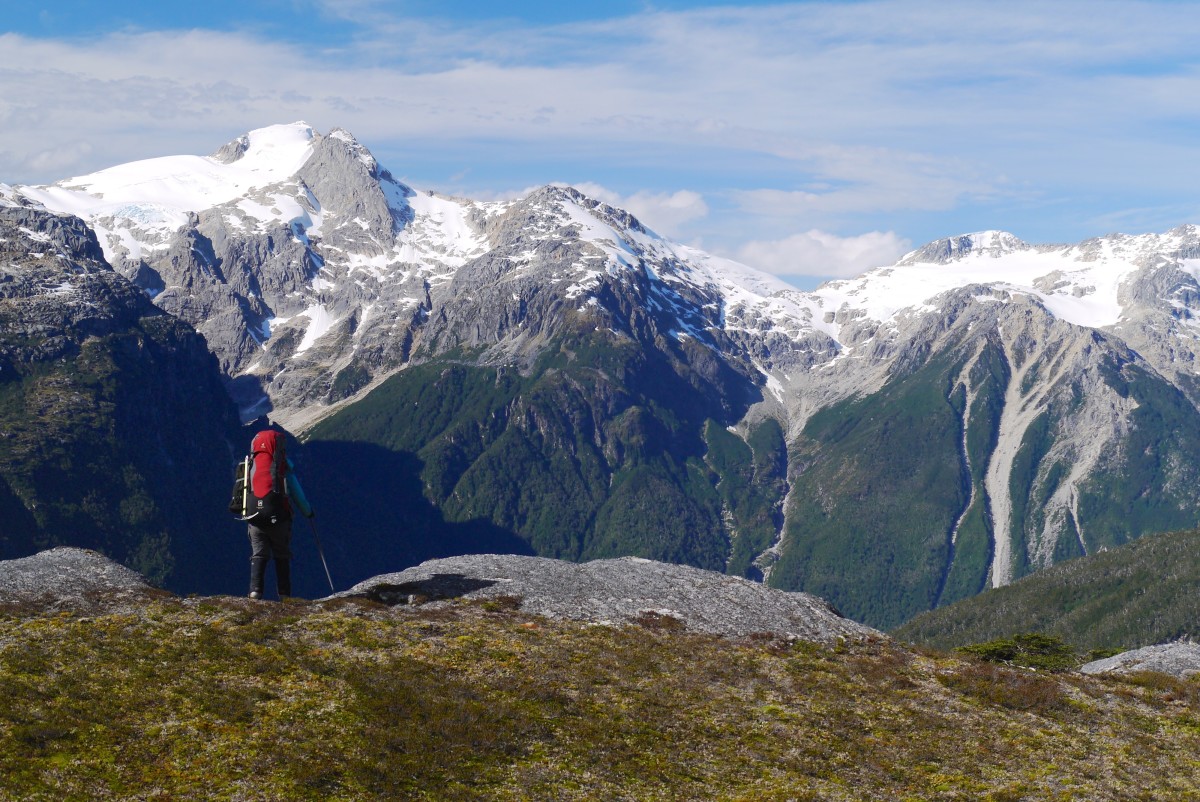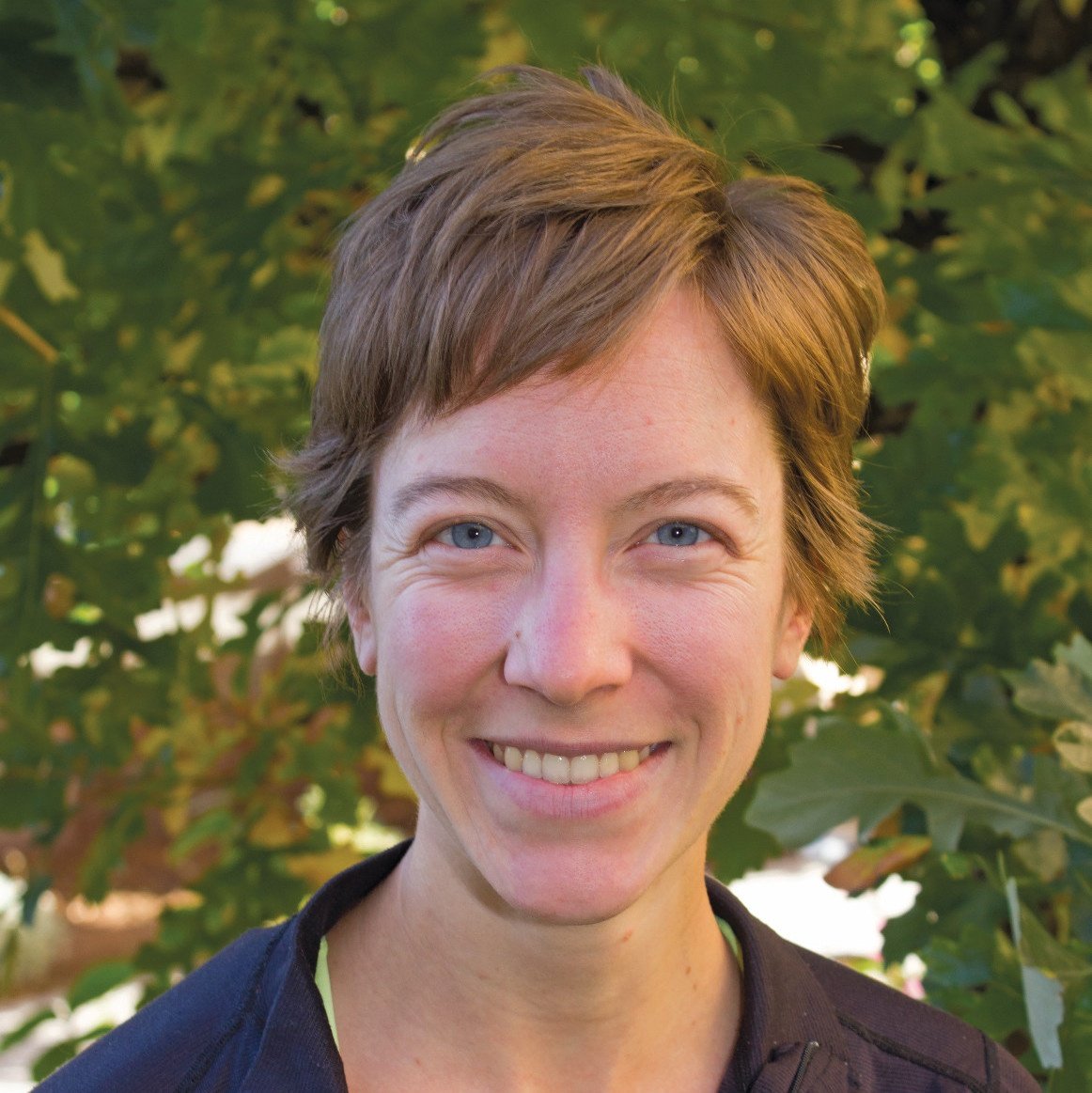
The first time I tried to pack a backpack, it took me over an hour to get everything inside. The result was a chunky, clunky pile that rose at least six inches over my head. It wasn’t pretty, but everything was inside.
The second time I tried was a similar story, but with slight improvements (possibly because there was slightly less food in my pack). On that trip, a NOLS mountaineering course, we moved camp almost every day and I had plenty of opportunities to practice packing. These didn’t feel like “opportunities” at the time—I worried about making my group late and felt lost trying to fit the cookpot into my pack—but after several days, I started to develop a routine that made me feel like I knew what I was doing.
Pack packing isn’t something you often think about as a skill until you’re actually packing up for the first time. And it isn’t just a practical need to get everything inside your pack: The way you pack your backpack can make the actual weight you’re carrying seem lighter, or can make you feel like you have an elephant hanging off of each shoulder.
If you’re just learning how to backpack or if you need a refresher before your next trip, below are a few basic packing guidelines we teach on a lot of NOLS courses. Even though we’re talking about backpacking, these guidelines are relevant for packing a boat or anything else.
Watch How to Pack a Backpack
Pack Packing Principles
Remember the principles for packing with the ABCs…
A: Accessibility
“Where’s the ___?”
“It’s at the bottom of my pack…”
"Can you grab it for me?"
"Umm…"
Most of us need to learn this lesson only once as we unpack our entire backpack for the crucial item that we stuffed under our sleeping bag, tent, extra jackets, and food.
As you’re packing, keep the things accessible that you will need during the day. The simplest way to keep the important things accessible is to pack them last. The things you won’t need during the day, like your sleeping bag, can go in first (in fact, for me my sleeping bag is usually the very first thing in my backpack, because it makes a nice base at the bottom and I can pack other, smaller items around it).
Things you’ll want to keep accessible might vary, but for most trips you’ll want: water, snacks, maps or navigation tools like a phone or GPS, protection from the elements (ex. sunscreen, a rain jacket), and soap for handwashing. (Because someone always needs to poop.)
B: Balance
Imagine hiking on a trail wearing a pack where you’ve put all the heavy things, like your food and full water bottles, on one side. Every step, your pack pulls you over, and you can feel the extra wobble as you make your way down the trail.
Having an unbalanced pack is, at best, really uncomfortable. At worst, it might throw off your balance and cause you to fall, especially in challenging terrain like boulder field.
To make sure your pack is well-balanced, have a plan for where your heavier and lighter-weight items will go. For the heavy items, aim to get them around the middle of your pack, in terms of top-to-bottom, and closer to your body rather than farther from it. Avoid packing them at the very bottom or very top of your pack (top-heavy packs are particularly wobbly), or putting them too much to one side or another.
C: Compression
Your backpack is a finite space, so make the most of the space available. Thinking about compression is one way to do that.
The two things you'll want to remember are: Make big items smaller, and fill all the empty spaces.
For example, packing a sleeping bag into a compression stuff sack is a common way to make a bulky item smaller.
Of course, there are some items you can’t make smaller—like your cooking pot. For items like this that you can't compress any further, fill those empty spaces with smaller items. What you can visualize here is packing sand around a large rock. Ways to do that might be filling the pot with food bags. Once the larger items are in your pack, fill the spaces around them—even the tiniest pockets of space might be perfect for a pair of socks.
Pack Packing Tactics

Now that you have the ABCs, here are a few tactics you can use that will help you pack your pack.
1. Be ready for a workout
Packing a pack is not a gentle activity. Compressing items and filling all the empty spaces, especially at the bottom of your pack, takes work. If you’re sweaty by the time everything is in your pack, then you’re doing it right.
2. Waterproof the important stuff (D is for Dry in the ABCs!)
Unless you’re planning a trip to the desert (and it can rain even there), waterproofing your gear is important for your well-being. The worst thing I can imagine is being ready to curl up and fall asleep after a long day in a soggy sleeping bag. You can start by putting a large trash bag in your pack before you even pack any of your stuff (sort of like your pack is the trash can). This will act as a liner and protect everything that goes in your pack.
In addition, if you have items you want to keep especially dry, like your sleeping bag or a journal or a camera, then waterproof those with additional plastic bags (or a good case for the camera). You can often reuse the same bags for multiple trips as a way to cut down on how much plastic you’re using.
3. Practice
Even though it doesn’t seem complicated, packing your backpack is its own skill and it can take time to learn what you like. The more you do it, the easier it will be - and then you can spend more time doing things you want to do and less time packing up.
- Gear
- Expedition Prep
- Camping
- Skills
- Backpacking
- Backpacking, Hiking, Adventure
- Outdoor Skills
- Food & Gear
Written By
Molly Herber
Molly is a NOLS instructor and writer. She loves the smell of her backpack and does her best writing before 7:00 am. When she's not scouting the next post for the NOLS Blog, she's running and climbing on rocks in Wyoming. Follow her on Instagram @mgherber



